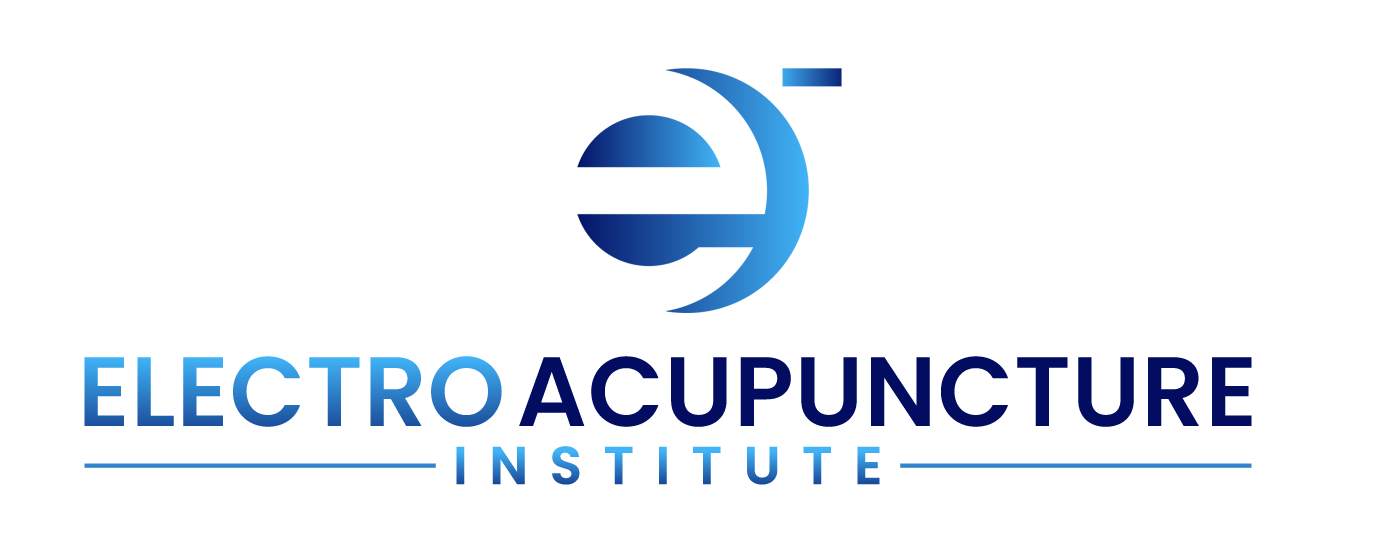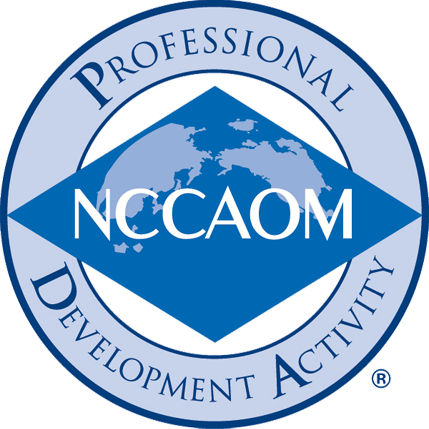Don't Treat Another Acupuncture Channel Until You Watch This
What is the definition of an acupuncture channel?
If are slow to answer, stick around, read our blog, and watch my short video.
Remember to download our guide, “The Power Of The Acupuncture Channel System- Key Points For Success.”
Are you ready to begin? I certainly am! Let's dive right into it…
Welcome to a fascinating exploration of acupuncture channels, a cornerstone of electric medicine and a vital element of health and healing. Electro- Acupuncture, a practice steeped in ancient wisdom, continues to be a subject of modern scientific intrigue, especially when we delve into the composition and function of the channels themselves.
Understanding the Structure of Acupuncture Tissues
At the heart of acupuncture lies the intricate network of channels, often described as pathways that supply electrons to our cells, organs, and tissues. While these channels reach many areas, they only cover some of the body. The epidural nerve covering plays a critical role in energy distribution beyond the channels.
The channels are composed of various tissues, including muscles, which act as the battery pack due to the presence of mitochondria—our cellular powerhouses. The fascia, a thin layer of connective tissue, serves as the body's wiring system. It's crucial to understand that fascia is more than just a passive structure; it's a superconductor that guides Qi (life force energy) through the body unidirectionally.
The Piezoelectric Nature of Muscle Tissue
Speaking of muscles, they're not just for movement. Muscle tissue is piezoelectric, generating and storing electrical charge like a rechargeable battery. This property is key to how muscles generate electrons within the acupuncture framework.
Fascia: The Superconductor in Acupuncture
Looking closer at the fascia, we see it's a crystalline, interwoven, and fractal structure filled with highly conductive metals and ions. Its unidirectional property is akin to that of a diode, which allows electricity to flow in one direction but not the reverse. This characteristic is critical in maintaining the correct flow of Qi within the acupuncture channels.
The Bladder Channel and Beyond
Take, for example, the bladder channel. It's one of the most extensive channels running down the back of the body. A massage therapist with detailed anatomical knowledge depicted this channel, highlighting the interconnectedness of muscles and fascia along its path. This illustration showcases the precise anatomy that underpins TCM and confirms that the wiring of the acupuncture system is indeed the fascia.
The Tools of the Trade: AcuGraph Technology
In today's practice, tools like AcuGraph bring a modern edge to this ancient art. AcuGraph helps practitioners visualize and measure the energetic status of acupuncture channels. However, as high-tech as it is, it doesn't distinguish between negative and positive charges – that nuanced understanding is still up to the skilled acupuncturist.
Directionality in TCM Channels
The conversation around TCM channel directionality is complex. Most channels flow in the direction they're numbered, from Stomach 1 near the eye down to Stomach 45 on the foot. However, there's an exception with the REN channel, whose energy moves downward, contrary to its upward numbering sequence.
Fascia and Channels: A Unidirectional Flow
It's essential to grasp that the channels are more related to fascia because of its unidirectional nature. This means that the fascia doesn't just connect muscles; it orchestrates a discreet circuit of energy flow, ensuring that Qi moves in the right direction to maintain balance and health.
Exploring the Skeletal Muscle and Fascia Connection
When we talk about skeletal muscle and fascia, we're referring to the physical framework that supports the movement and flow of Qi. This fascia wraps around muscle groups, linking them together and creating a highly conductive pathway for energy, integral to the functioning of the acupuncture system.
Harnessing the Conductivity of Fascia
Fascia's conductivity plays a monumental role in acupuncture. Its white, wispy, and highly conductive nature allows Qi to travel efficiently from point to point, channel to channel, much like electricity through a well-designed circuit.
Watch the “Don’t Treat Another Acupuncture Channel Until You Watch This” video here!
Final Thoughts
The beauty of acupuncture lies in its ability to blend the physical with the energetic. By understanding the role of muscles, fascia, and the autonomic nervous system, acupuncturists can harness the body's piezoelectric effect to promote healing and balance.
Whether you're a seasoned practitioner or new to the world of TCM, studying acupuncture channels and the flow of Qi offers a rich and profound understanding of maintaining and restoring health. As we continue to learn and adapt these ancient practices to modern contexts, we unlock new possibilities
By understanding and focusing treatment on the acupuncture channel system, we can facilitate recovery and a return to vitality.
If this blog has ignited interest in a more integrated and enlightened approach to wellness, we have just the resources to support your journey.
Dive into our guide, “The Power Of The Acupuncture Channel System- Key Points For Success.”
We invite you to visit our website at www.electro-acupuncturemedicine.com for a deeper understanding of these concepts and access to additional valuable resources.
Has this journey into the Acupuncture Channel System resonated with you? If so, we encourage you to spread the word amongst peers and loved ones who value the depth and breadth of holistic health practices. Sharing this insight can elevate our approach to health and healing.
Until next time…
Peace and Bliss,
Jeremy B. Steiner, MD, PhD, DAOM





